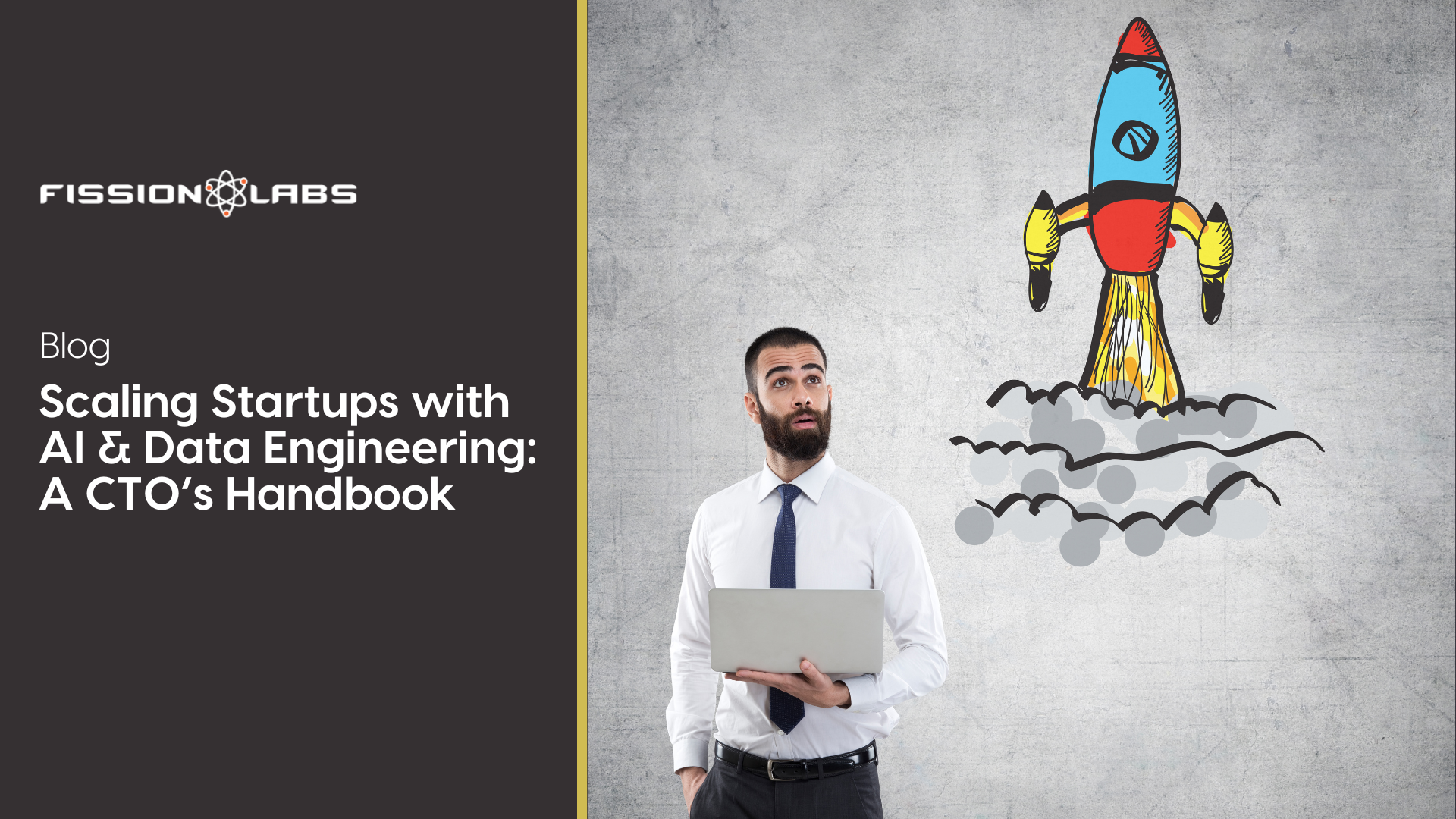Secure by design Data security needs to be at the heart of Digital transformation

In 2019, Digital Transformation has become the top priority of global businesses, with investments in DX reaching close to $ 1.18 trillion. However, the worrying part is that less than 6% of the overall budget is being spent on data security to protect massive data assets.
As companies undertake Digital transformation, it is essential that they think about security at every stage of the software development lifecycle to keep data secure in these new digital environments.
The importance of ‘security by design’
When implementing any kind of change or transformation, there is a high element of risk involved. In Digital Transformation, cybersecurity is one of the biggest concerns and challenges when it comes to transformation efforts.
The exposure of customer data is one of the most pressing concerns for all companies and this is precisely why companies should mitigate these threats at the earliest stage of the process rather than making it an afterthought.
A survey by tech radar revealed that even though security should be a top priority, only a third of organizations undergoing digital transformation consider cybersecurity at the development phase. Often it isn’t until the implementation stage or until the transformation is underway that cybersecurity issues become apparent.
A few companies even admitted that their transformation process gave no thought to cybersecurity at any stage in the process, leaving their organizations and data vulnerable across various touchpoints.
How complacency is leaving organizations vulnerable
Although many organizations reported considering cybersecurity only at a later stage of digital transformation, the stakeholders often reported that their cybersecurity measures were sufficient to foil a malicious attack. However, this perceived effectiveness falters in the face of data as at least 86% of these companies reported some kind of security breach in the past year.
Hence, it is becoming increasingly important for organizations to better their security posture and collaborate with third parties and vendors to help secure their data environments. In this delicate scenario, third-party vendors, technology partners, and software products all have to be vetted through the lens of cybersecurity to prevent breaches at any level.
Risks that firms have to consider while undergoing a digital transformation.
Increased complexity, increased vulnerability
As the cyber-physical systems that drive organizations tend to grow in size and complexity, they increase the kind of potential vulnerabilities. Systems, sensors, devices, smart machines, storage all needs to be secured at every point as organizations try to scale up.
Increased sophistication of attacks
Over the past few years, the kind of attacks that have been perpetrated is increasingly sophisticated. From ransomware to DDoS and social engineering the kind of attacks taking place is evolving. Encryption techniques and data security need to evolve and respond quickly to these threats.
Resource challenges
Often small and medium businesses don’t have the kind of budgets required to invest in cybersecurity infrastructure. Hence, these firms are on the lookout for cost-effective solutions. However, in the hunt for cost-effectiveness data security must not take a backseat.
What is the solution?
Intelligent automation
Cybersecurity needs to be automated to deal with the ever-evolving threat landscape. Machine learning systems that detect threat patterns and raise red flags are essential to cope with the growing number of threats. Automation also helps cut down on the need to hire increasingly expensive cybersecurity talent.
Cybersecurity datasets
Existing data environments must be trained on a collection of existing and updated cybersecurity threats. Implementing machine learning and AI algorithms to protect against these common cyber attacks will reduce the number of security incidents.
Strict adherence
Organizations need to adhere to the latest security standards and best practices in their work. Well established standards such as the ISO 27001 and Industrial Internet Consortium Security Framework (IISF) help to create a clear blueprint of actions that organizations need to take to become more secure and resilient. All the security protocols must be clearly laid out to the employees and a ‘data security’ task force must be maintained to enforce the protocol.
Leverage blockchain and evolving tech
Technologies such as blockchain are designed to be secure, privacy-preserving and impervious to tampering. Such technology may have tremendous applications in a security framework. Firms need to look at how they can integrate these evolving and highly secure paradigms in their products and services.
Looking for a partner to help secure your digital transformation? Set up a call with our solution architect today - Contact us



